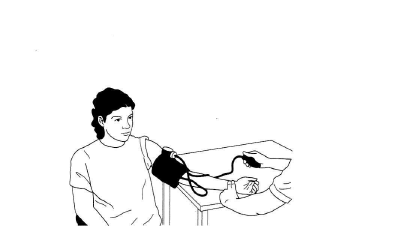This course focuses on learning how to safely increase load in various exercises targeting the basic human movement patterns. In particular, students will learn the: front squat, deadlift, bench press, shoulder press, chin-up, seated row and kettlebell swing.
Target population: Adults (18-65), healthy
- Course Instructor: Graeme Thomas
- Lab Instructors: Sarah King
- Lab Technician: Christian Caissie, Jasmine Collins, Avi Verma
- Semester: Two
Lab Sections:
- Section 1: Wednesday 12 – 2 PM
- Section 2: Tuesday 8 – 10 AM
- Section 3: Monday 12 – 2 PM
- Section 4: Thursday 4- 6 PM
- Section 5: Wednesday 8 – 10 AM
- Section 6: Friday 4 – 6 PM
View Lab Exam Feedback
No completed lab exam rubrics currently available
No completed lab exam rubrics currently available
No completed lab exam rubrics currently available
| Course: PHRE 1033 - Fitness Evaluation | Movement Pattern: | Target: | Synergist(s): |
| Exercise |  |
| Regressions: | | Progressions: | |
| Key Teaching Points | Expectation: [if 456 equals="Supervised Practice"]Supervised Practice [/if 456][if 456 not_equal="Supervised Practice"]Independent Learning[/if 456] | [579] |
|
| Description: |
- Client sit and rest in a chair with arm rests or with left arm on table
- Feet should be flat on the floor
- Rest for 5 minutes – this can happen while you build a rapport, ask discovery questions, complete RHR assessment
- Choose an appropriately sized cuff for the client
- Place the cuff on the bare left upper arm, 2-3 cm above the antecubital space
- The lower edge of the cuff should be approximately level with the heart
- The cuff should be tight enough so that two fingertips can be slipped under the top edge
- If possible, palpate brachial artery and ensure arrow on cuff lines up
- Find radial pulse with one hand
- With the other hand, rapidly inflate cuff until you no longer feel radial pulse
- Inflate cuff 20-30 mmHg above that point
- With ear pieces pointing forward, put stethoscope in ears, and put diaphragm over brachial artery
- Ensure diaphragm of stethoscope is in complete contact with skin, not touching cuff or tubing
- Release pressure slowly (2 mmHg/second)
- Record Systolic blood pressure to the nearest 2 mmHg - the first perception of sound as the pressure drops
- blood is now passing through upper arm
- Record Diastolic blood pressure to the nearest 2 mmHg - the sounds becomes muffled (from tapping)
If the SBP is >144 mmHg or the DBP is >94 mmHG wait an additional five minutes and retake reading
If the SBP is >160 mmHg or the DBP is > 90 mmHg after the second reading consider sending your client to a Physician prior to having them engage in physical activity. Note, hypertension is defined as 140 mmHg / 90 mmHg.
|
| Common Error(s): | |
| Spotting: | |
>>
Return to My Course Home |

